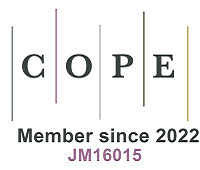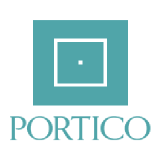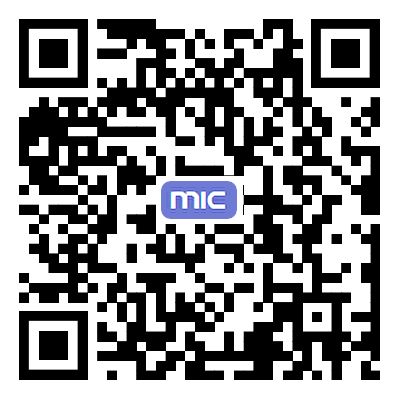Bench-to-bedside translation of podophyllotoxin-based nanomedicines for cancer treatment: utopias and reality?
Abstract
Cancers represent a complex and multifaceted health challenge, marked by elevated disease burden and fatality rates stemming from both genetic alterations and epigenetic modifications. Nanomedicine, as an emerging field in oncological investigation, optimizes the site-specific delivery of chemotherapeutic compounds through innovative engineering approaches. This technological advancement enables the development of revolutionary strategies for designing precision-targeted treatments that maximize safety and effectiveness. Podophyllotoxin (PPT), a potent aryltetralin-class cytotoxic agent isolated from Podophyllum plants, has become a focal point in anticancer pharmaceutical development. Early research efforts focused on direct PPT administration for tumor management, yet clinical implementation through conventional delivery methods has been constrained by multiple factors including pronounced toxicity profiles, limited aqueous solubility, and narrow therapeutic windows. Advances in nanotechnology and biomaterials effectively enhance PPT therapy's potential for cancer treatment in clinical settings. Various PPT-based nanomedicines have been explored in recent years (2022-2025), including carrier-free nanodrugs, liposomes, polymeric micelles, polymer-drug conjugates, host-guest drug delivery systems, and peptide-based nanoparticles, which utilize passive targeting, active targeting, and stimulus-responsive targeting mechanisms to improve tumor-directed drug delivery. Nevertheless, due to the complexity of the tumor microenvironment, single PPT nanomedicine has suboptimal therapeutic efficacy. PPT-based "combo" drug delivery system facilitates innovative multi-dimensional therapies - such as chemotherapy combined with photodynamic therapy, photothermal therapy, immunotherapy, and chemodynamic therapy - to deliver superior therapeutic benefits and jump the ‘valley of death’. This review explores delivery strategies of PPT-based nanomedicines and may spark new ideas for multimodal treatment protocols, providing an entry point for professionals to thrive in this exciting field.
Keywords
Cancers, podophyllotoxin, PPT-based nanomedicines, tumor-directed drug delivery, “combo” drug delivery system
Cite This Article
Wang Z, Song X, Sun M, Zhang R, Yang L. Bench-to-bedside translation of podophyllotoxin-based nanomedicines for cancer treatment: utopias and reality?. Microstructures 2025;5:[Accept]. http://dx.doi.org/10.20517/microstructures.2025.71














